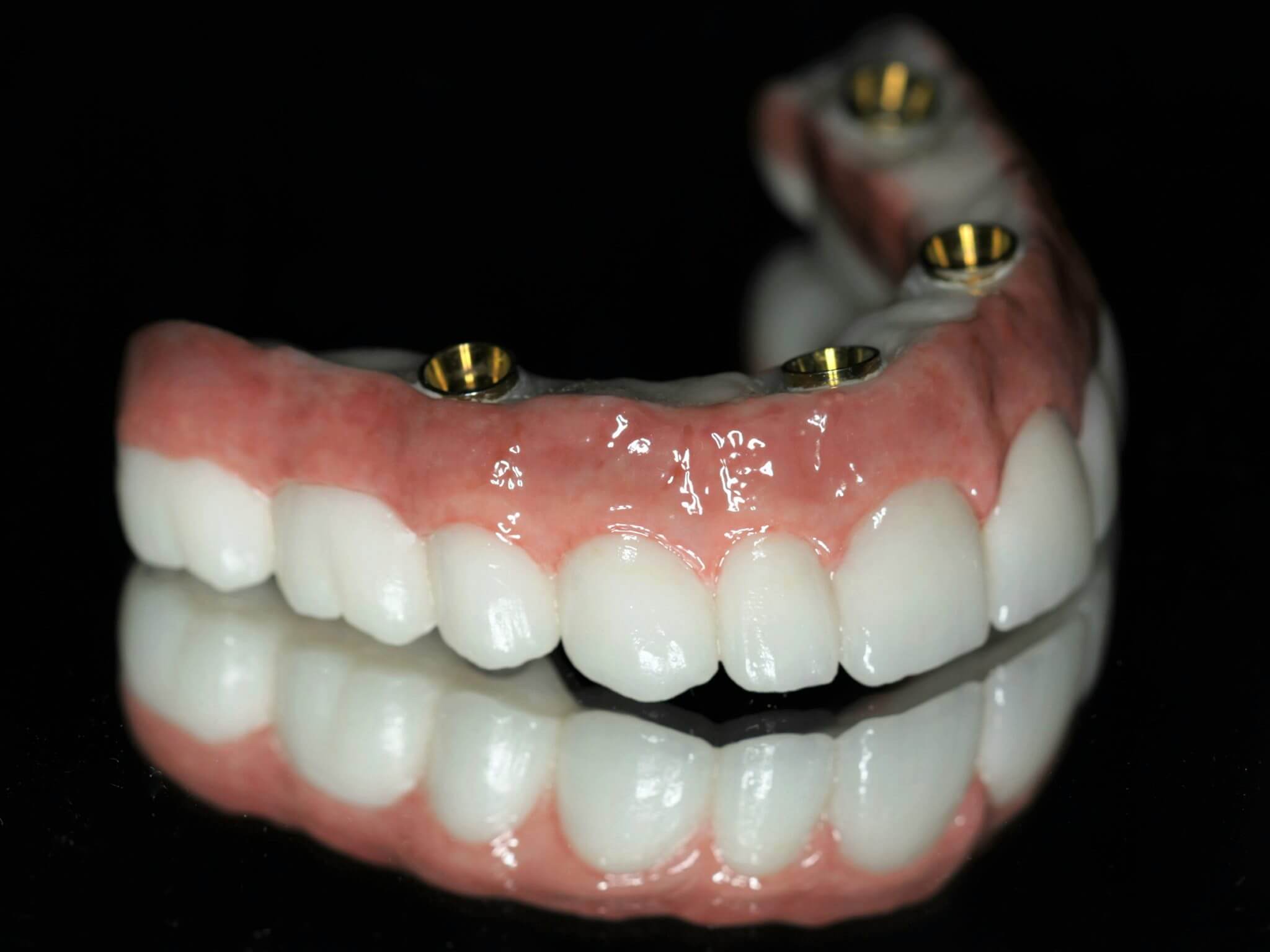All About Dental Sense
Table of ContentsDental Sense Things To Know Before You Get ThisWhat Does Dental Sense Do?Dental Sense for BeginnersSome Known Incorrect Statements About Dental Sense
are clinical gadgets operatively implanted into the jaw to recover an individual's capacity to chew or their appearance. They provide assistance for man-made (phony) teeth, such as crowns, bridges, or dentures. When a tooth is shed as a result of injury or disease, an individual can experience problems such as rapid bone loss, malfunctioning speech, or modifications to eating patterns that result in discomfort.Dental dental implant systems contain a dental implant body and oral implant joint and might also include an abutment fixation screw. Front tooth filling. The oral implant body is surgically placed in the jawbone in area of the tooth's origin. The oral implant joint is typically connected to the dental implant body by the abutment addiction screw and prolongs through gums into the mouth to support the connected fabricated teeth
(https://www.openlearning.com/u/matthewmusic-spvoez/about/)Framework of The Dental Implant System picking oral implants, talk with your dental service provider about the prospective advantages and threats, and whether you are a prospect for the procedure. Things to think about: Your total wellness is a crucial aspect in establishing whether you are an excellent prospect for oral implants, exactly how long it will certainly take to heal, and how much time the implant might remain in area.
Smoking might influence the recovery procedure and reduce the long-term success of the dental implant. The recovery process for the dental implant body may take numerous months or longer, during which time you normally have a short-lived joint in place of the tooth. the dental implant procedure: Carefully follow the dental health directions provided to you by your dental company.
All about Dental Sense
Implant failing can result in the need for another medical procedure to repair or replace the dental implant system. Recovers the capability to chew Restores aesthetic look Helps maintain the jawbone from reducing due to bone loss Maintains the wellness of the surrounding bone and periodontals Aids maintain adjacent (nearby) teeth secure Improves high quality of life Damages to bordering all-natural teeth during implant placement Injury to the surrounding cells throughout surgical treatment, such as sinus opening Injury throughout surgical treatment (as an example, crack of surrounding jawbone) Poor feature, such as really feeling like the teeth do not bite with each other usually A feeling that the tooth is loose or turning in position resulting from an abutment screw loosening up Implant body failure (looseness of the implant body) because of systemic infection, which might be more likely in individuals with unrestrained diabetes as a result of local infection in bone and gums supporting the implant body as a result of delayed recovery, which might be more probable in clients that smoke Trouble cleaning the gum tissues around the implant, leading to bad oral health Untreated gum disease Post-surgical numbness due to nerve impingement or damage Always notify healthcare suppliers and imaging professionals that you have oral implants prior to any kind of magnetic resonance imaging (MRI) or x-ray procedures.
FDA is not knowledgeable about any adverse events reported for MRI or x-ray procedures with oral implants. Dental implants systems are normally made from products that adhere to international agreement requirements of the International Company for Standardization (ISO) or ASTM International. These standards have details of what makes a safe material.

An oral implant is a framework that replaces a missing out on tooth. With screw-like devices, the surgeon inserts an implant right into the jawbone, and it functions as an anchor for a man-made use this link tooth, called a crown. A device called a joint connects the fabricated tooth to the oral implant. The crown is personalized to fit the person's mouth and match the color of their teeth.
The smart Trick of Dental Sense That Nobody is Discussing
Some people are not qualified for oral implant surgery. It is for oral cosmetic surgeons to run on individuals with: severe illnessuncontrollable metabolic diseasebone or soft cells disease or infectionIf these problems are solved, a person can have the surgery. In, oral specialists refrain from operating on people with: If people with any of the above go through oral implant surgery, there is a higher threat of the implant failing.

Dental implant surgery is an individualized procedure. Give you time to heal. Connect the article and last crown, bridge or denture.
Next off, your surgeon will very carefully place the oral implant into your jaw. Finally, your doctor will rearrange your gums and shut the incision with stitches. If your implant is near the front of your mouth, your dental professional will make a short-term tooth for you to put on till you heal. In this way, you won't have a void in your smile while you recuperate.
Some Known Details About Dental Sense
During the recovery stage, your jawbone should fuse to the dental implant. This procedure can take anywhere from three to 9 months.
Once your dental implant heals, your dental professional can attach the abutment (little connector article) and your last repair (crown, bridge or denture). This typically takes regarding one hour to complete and might require a second small surgical procedure. You shouldn't really feel any kind of pain throughout your oral implant procedure due to the fact that your service provider will make use of drug to numb your periodontals.